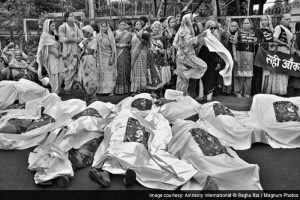
Bhopal Disaster 30th Anniversary: Facts About the World’s Worst Industrial Tragedy
The Bhopal disaster, also referred to as the Bhopal gas tragedy, was a gas leak incident in India, considered the world’s worst industrial disaster. It occurred on the night of 2–3 December 1984 at the Union Carbide India Limited (UCIL) pesticide plant in Bhopal, Madhya Pradesh. Over 500,000 people were exposed to Methyl Isocyanate (MIC) gas and other chemicals. The toxic substance made its way in and around the shanty towns located near the plant.
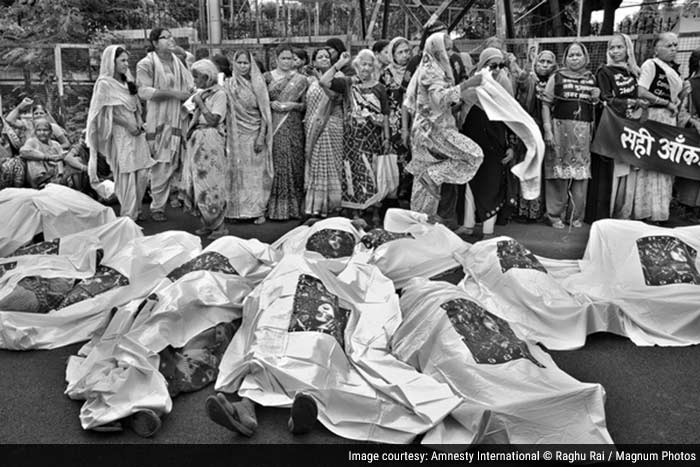
The Bhopal Gas Tragedy 1984:
On a cold December night of 1984, Bhopal was struck by one of the worst industrial disasters when 40 tonnes of poisonous Methyl Isocynate (MIC) gas leaked from the Union Carbide factory, killing over 1700 and affecting more than 5 lakh people. Thirty years later, its effects are still visible in the children and grandchildren of those who survived.

The photos depicted the effect that the gas leak had on the people living around the area, and the adverse effects it has had on the local community that continue till today.
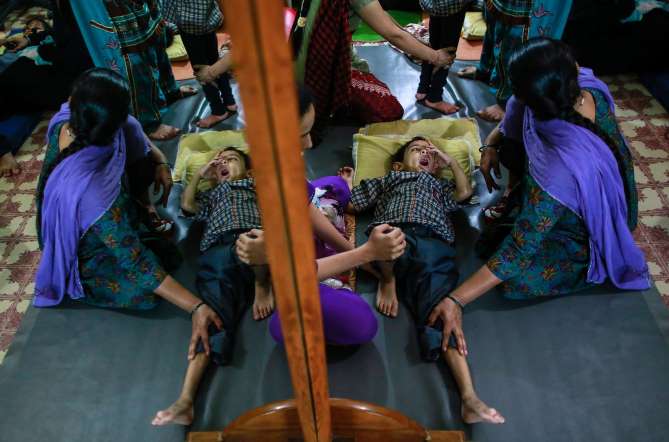
Why did it happen?
Union Carbide built the factory in the 1970s in the belief the area was ripe for the pest control market. However, local farmers could not afford their product and it ceased active production in the early 1980s. Maintenance fell into disrepair and when an employee went to flush a corroded pipe, water ended up flowing freely into the largest MIC tank. Exposure to the water led to a chemical reaction – the tank was blown from the concrete it sat in and spewed out MIC.
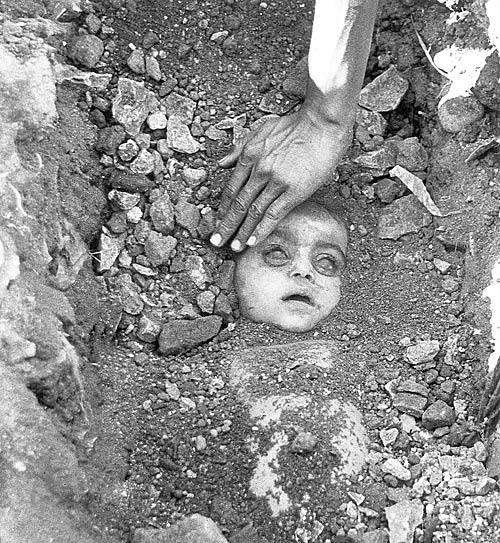
How did the gas spread and what was the effect?
The gas created a dense cloud over the city of Bhopal, exposing half a million people. Residents woke up in coughing fits, their lungs filling with fluid. Within just a few days, thousands of people had been killed, with many dying from cardiac arrest and respiratory failure.
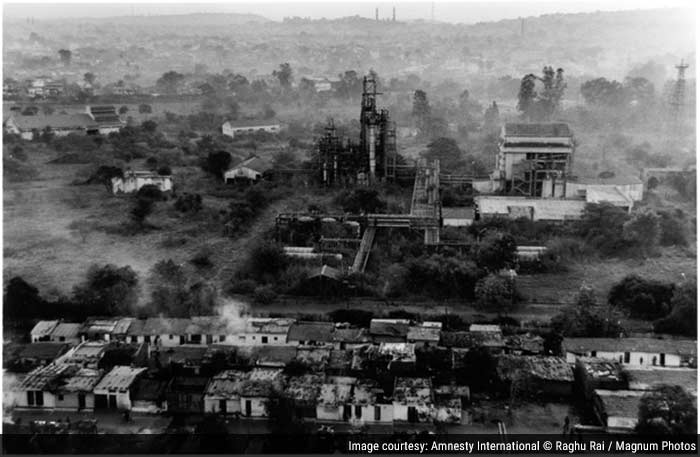
A Photographer Captured What The Bhopal Gas Tragedy Looks Like 30 Years Later:
30 years later, with the help of Amnesty International, Rai returned to Bhopal to once again to document how the tragedy has affected the people living there in the long term. Photographer Raghu Rai took a series of photos in the days that followed the tragic disaster. Rai photographed patients at Sambhavna Clinic, a free clinic that was set up by activists to provide vital health care to all those that were affected by the gas leak.
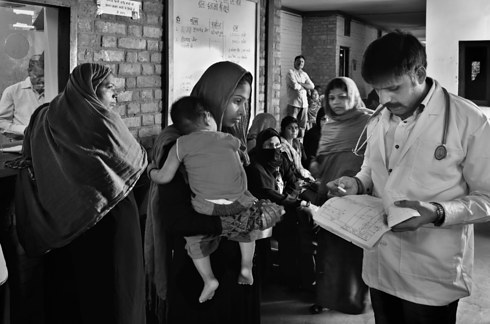
Amnesty International spoke to several of the people living in Bhopal, including Satinath ‘Sathyu’ Sarangi, who originally went to Bhopal as a volunteer to help out after the tragedy. He currently is one of the founding members of the Bhopal Group for Information and Action as well as the Sambhavna Trust.
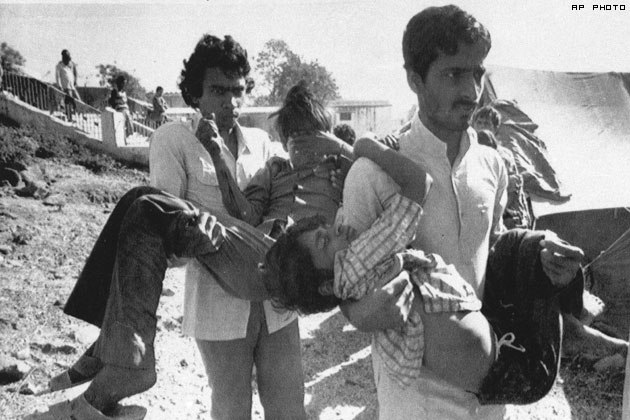
Over the last 30 years, Sathyu has been instrumental in helping those that were affected by the gas leak. “The disaster occurred essentially because the government prioritised foreign investment over the life and health of ordinary people,” he says, adding: “The more awareness spreads on the continuing disaster in Bhopal, the more we will move towards achieving what we are still trying to achieve. Most of our hope is bestowed in public support.”

Rai photographed Dr D K Satpathy, pathologist and former head of the Madhya Pradesh state Medico-Legal Institute, with foetuses of pregnant women who died immediately after the Bhopal gas leak.

Rampyari Bai, one of the oldest and most persistent survivors of the Bhopal tragedy:
Bhopal Compensation not enough:
US multinational Union Carbide paid $470 million in compensation to the victims in 1989. But activists said the money did not go very far. More than 90 per cent of victims received less than $500 each for the lifelong injuries they suffered. They are now fighting for the company that bought Union Carbide, Dow Chemical, to pay $8 billion more in compensation.

Mr Shetty said people also wanted justice. “Thirty years later, people are still waiting for justice,” he said. As you know, only seven Indian officials, relatively low-level people from the Indian factory, were finally convicted after waiting 25 years. “Not a single senior manager from the American company has been brought to book.”

Warren Anderson, the chairman of Union Carbide at the time of the accident, died in the US last year after avoiding three decades of attempts to extradite him to India to face criminal charges. Mr Shetty said there were still others who needed to be held accountable.
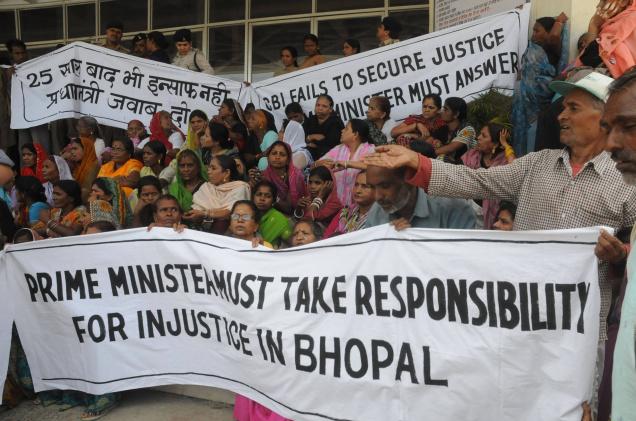
“It wasn’t just him; there was a whole chain of command and it is the case that, ultimately paying the compensation, the bills for cleaning up and corporate accountability that lies with Dow Chemical and Union Carbide, not just one individual,” he said.